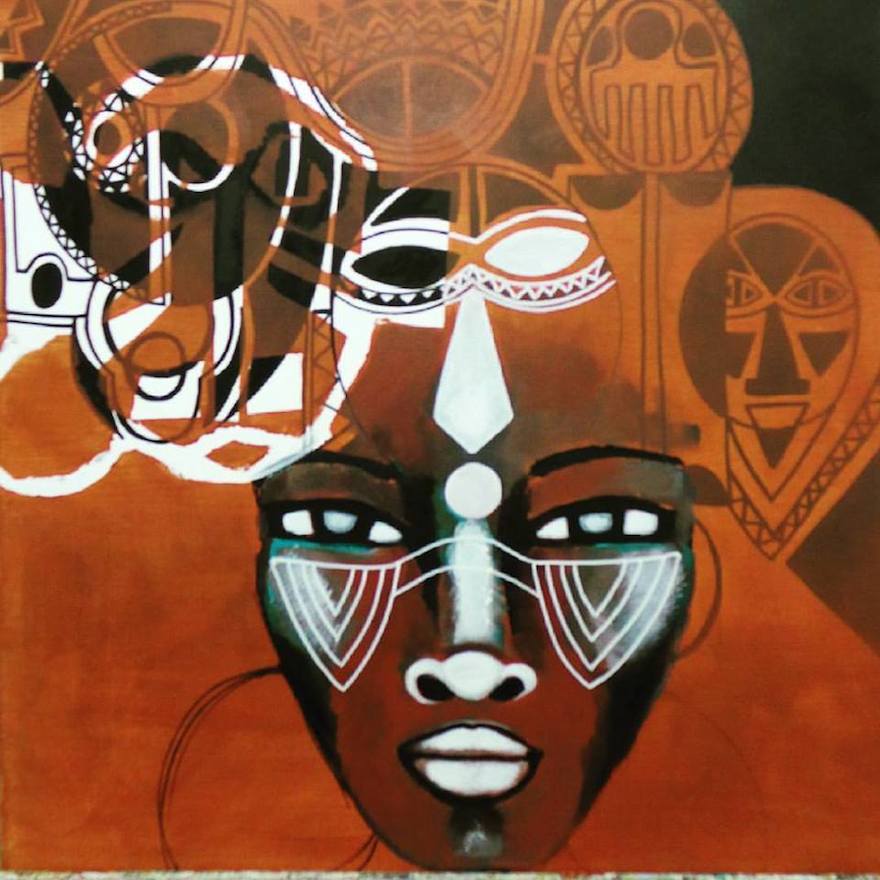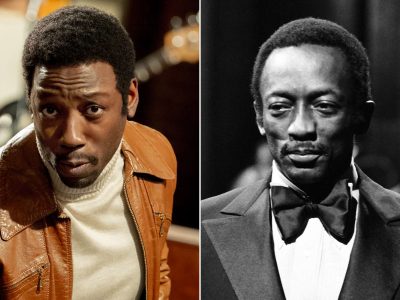Contemporary African art tells stories of Africa by Africans and its corresponding diaspora.
In many ways, it’s rewriting history: telling things from the point of view of Africans, not just other countries, even those with good intentions.
An article released by the BBC stated that African art is enjoying a surge in interest.
For example, Sokari Douglas Camp is a Nigerian-born artist, one of the world’s most prominent sculptors, with work currently on display at London’s Victoria and Albert Museum.

Advances in cultural infrastructure, a larger number of museums and art galleries increase in art fairs and exhibitions, and the development of a wealthy class in Africa with the income to collect pieces of art have also contributed to the surge in popularity.
Africa is one of the fastest-growing consumer markets in the world, growing at a compound annual rate of 3.9% since 2010 and reaching $1.4 trillion in 2015.
Digitally, African art has also been promoted by Western platforms. Publishers and art galleries are making more attempts at diversifying their art.

Many of Camp’s sculptures sell for tens of thousands of pounds, and they’ve been attracting attention from individuals with deep pockets.
Auction prices can also be higher than that, with reports of work by African artists fetching over £1m, and other works easily reaching £500,000, that a few years ago only fetched £10,15,000.
A painting by Ghanaian artist Amok Boafo sold for £3.4 million in Hong Kong at the end of 2021.
Even in Web3, African digital art’s popularity has increased among African artists. Emsany is an NFT marketplace for African and Afro art looking to enable and empower African arts.
Its estimated that by 2030, the largest consumer markets will include Nigeria, Egypt, and South Africa, with lucrative opportunities also present in Algeria, Angola, Ghana, Kenya, Morocco, Sudan, and Tanzania.
Ethiopia has been reported to be one of the fastest-growing economies in the world through the past decade, on top of one of the highest saving rates on the continent and reflecting a stable and secure consumer sentiment.
Higher exposure to African art also influences the consumer decisions of private collectors, helping boost prices.
The more African art is placed in galleries, the more African artists, in general, can obtain from selling their pieces. Of course, that’s after the gallery takes its cut from the final sale price.
The pandemic has also been cited as one of the main reasons behind the purchases, as many investors chose to buy art to avoid keeping their savings cash.
Online auctions have also assisted with the exposure of African artists.
Still, it’s long before the art market in these countries sees a bigger explosion.
A lack of government support for artists and a shortage of arts training keeps artists relegated to the upper echelons of African society, the middle and upper classes who have the time and income to learn and buy art.

















